Hyundai is going all in on hydrogen, and relying on food waste to make that happen
Baua Electric
JANUARY 9, 2024
To recharge, you can top off your vehicle via a fuel cell stack in about five minutes. For the Nexo, a recharge can take you 380 miles, with its only emissions being water vapor. Problem is, there is almost no hydrogen infrastructure and very few hydrogen recharging stations, and only a smattering in North America.

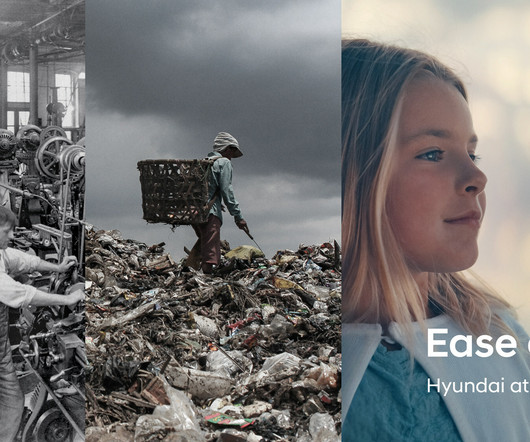






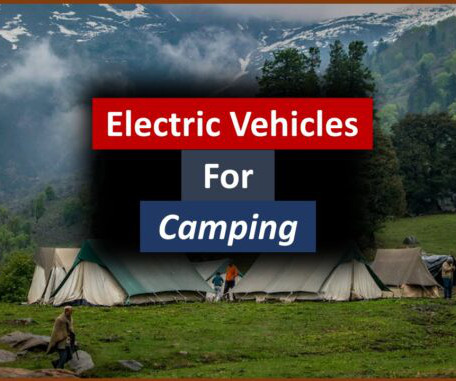













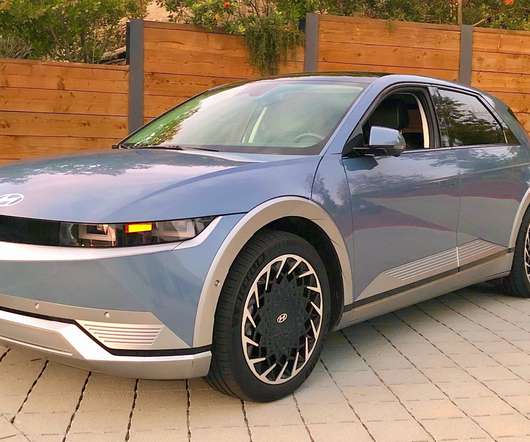

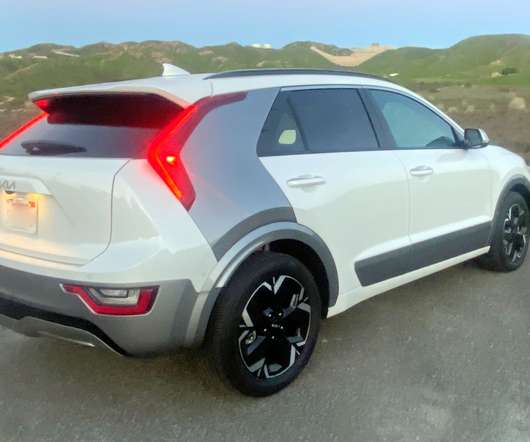
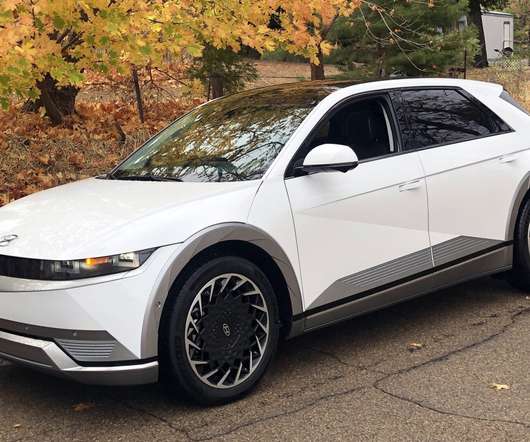








Let's personalize your content